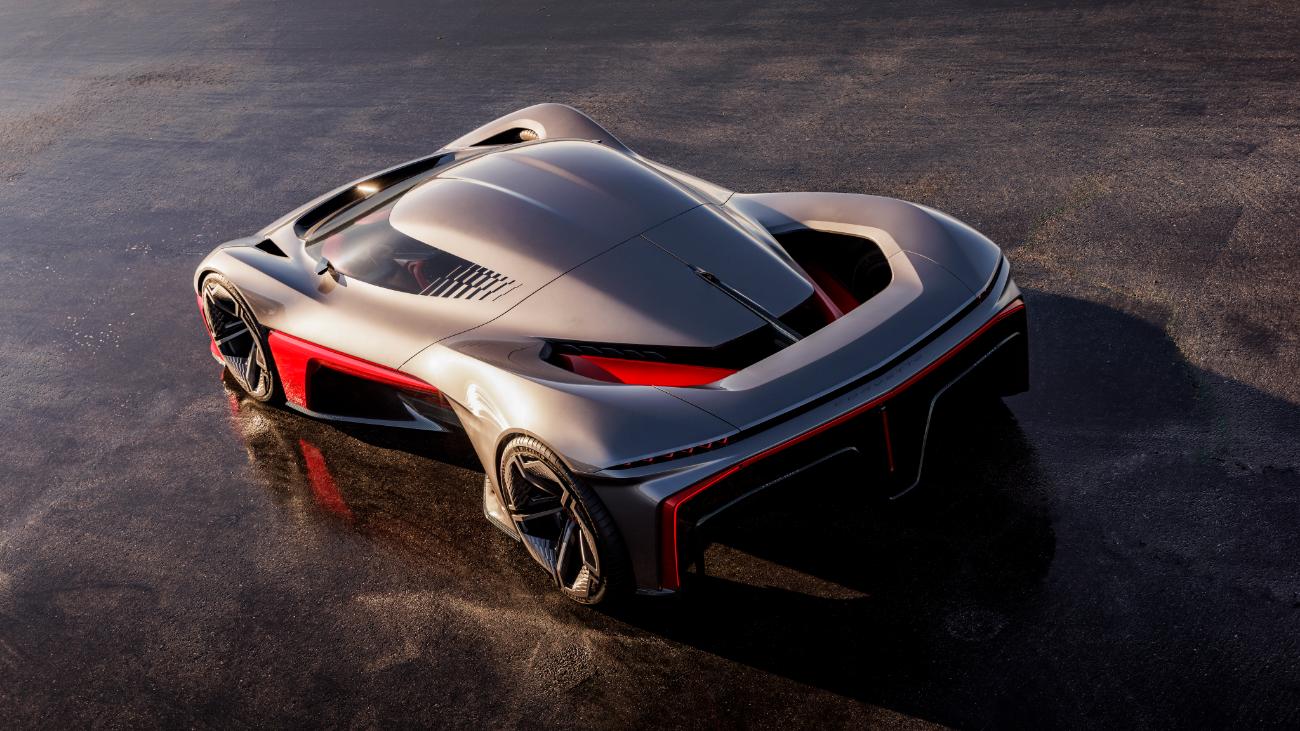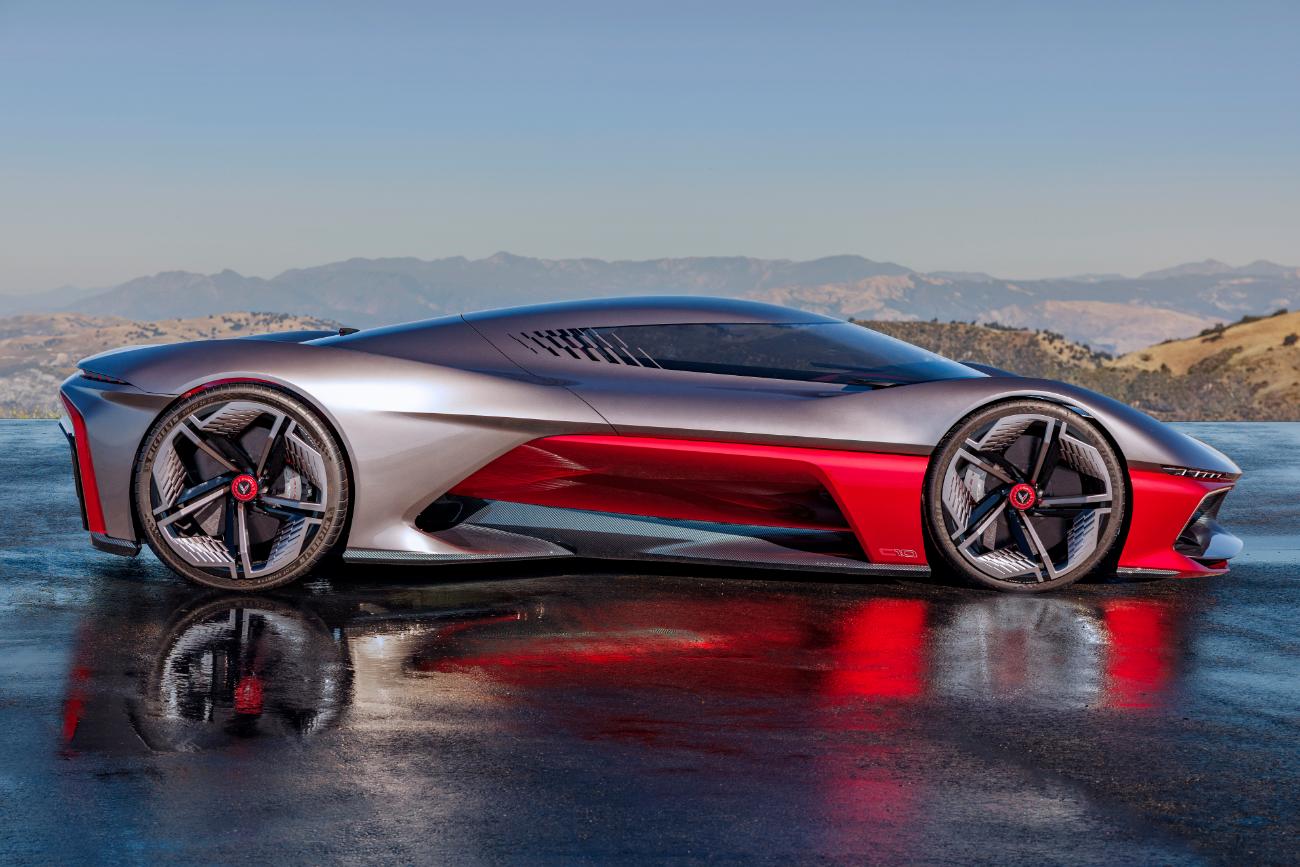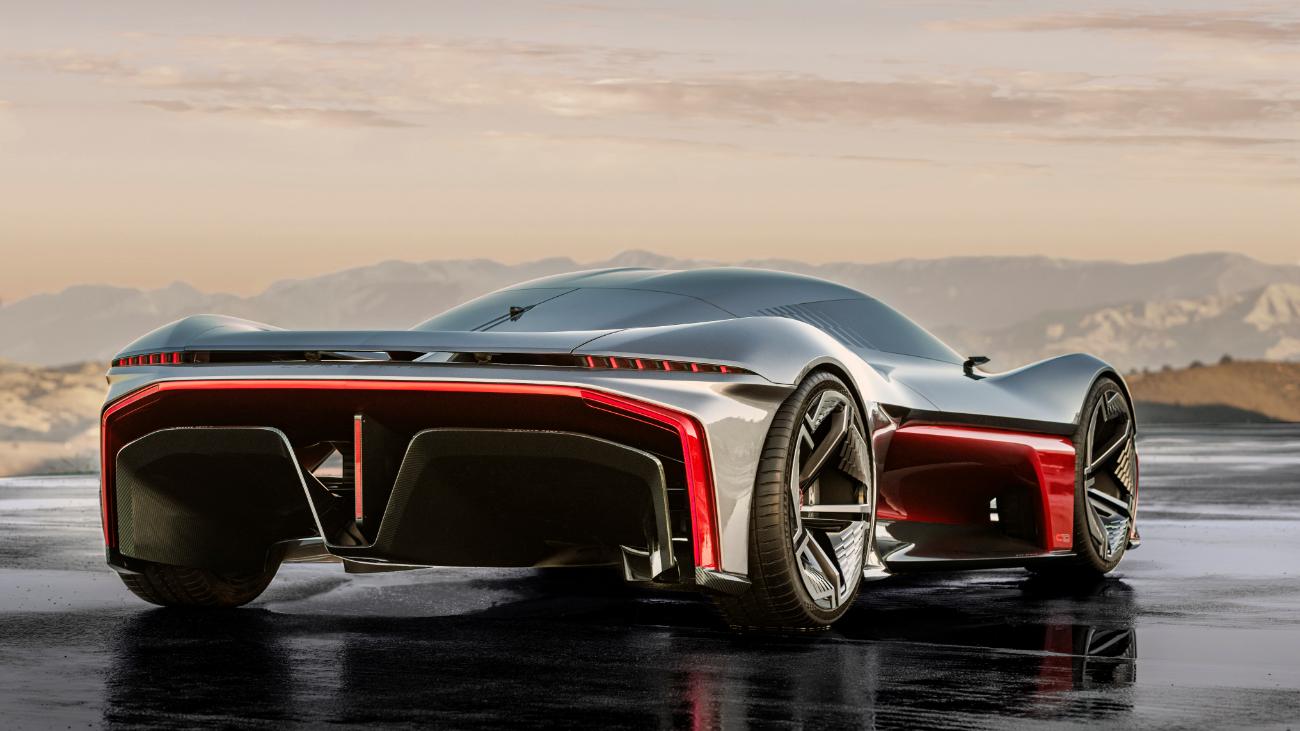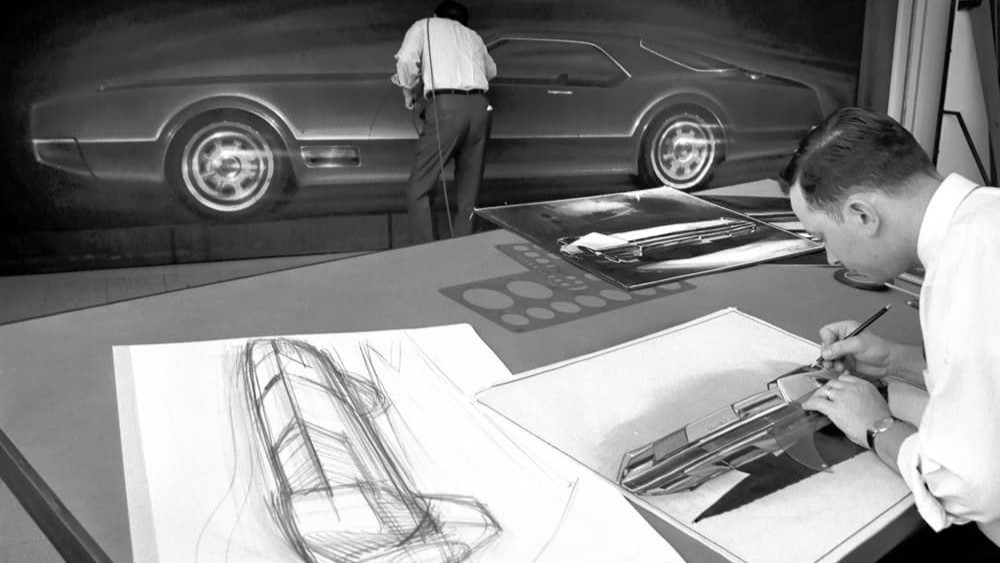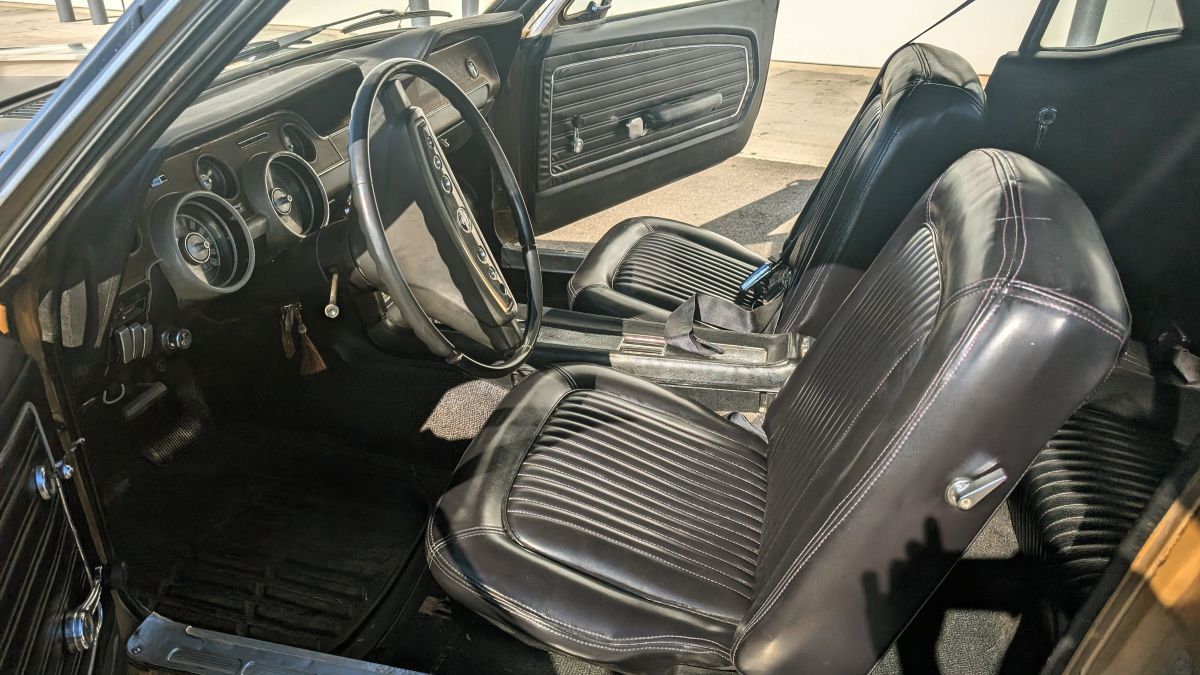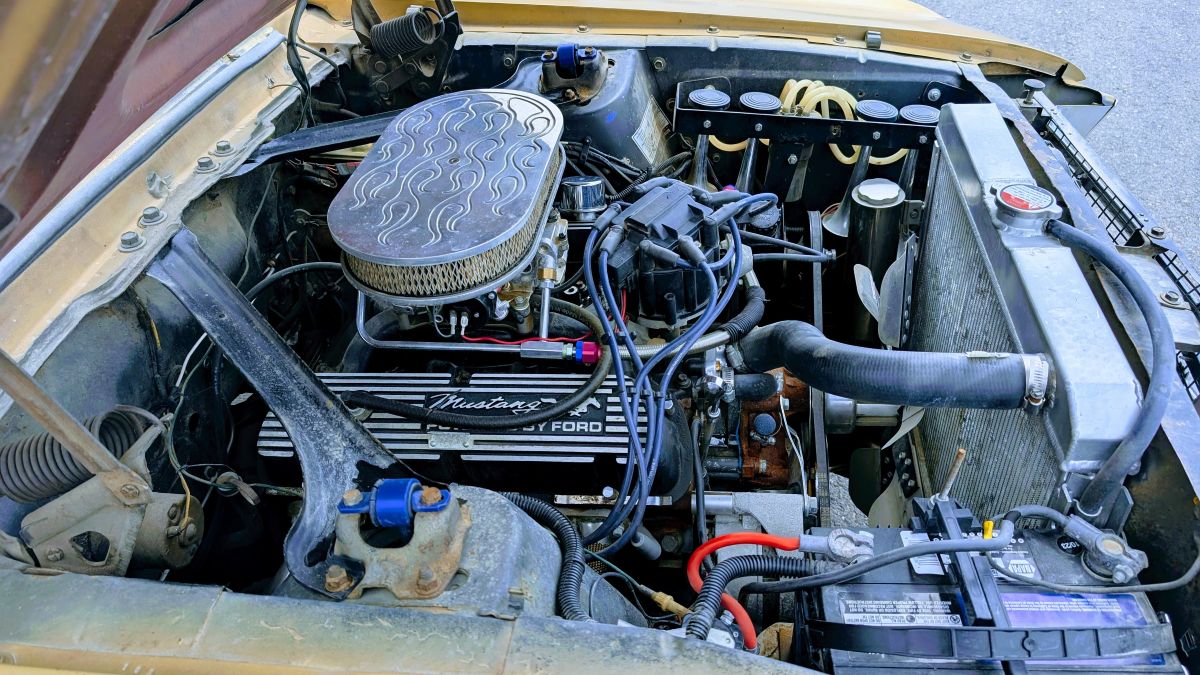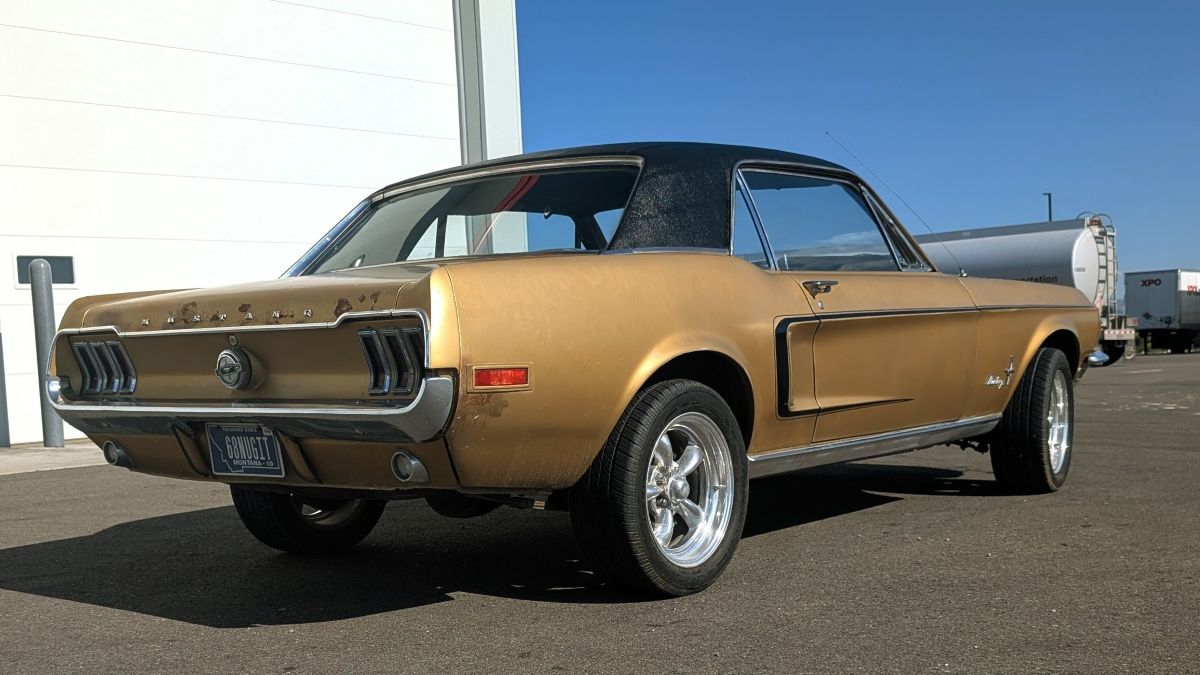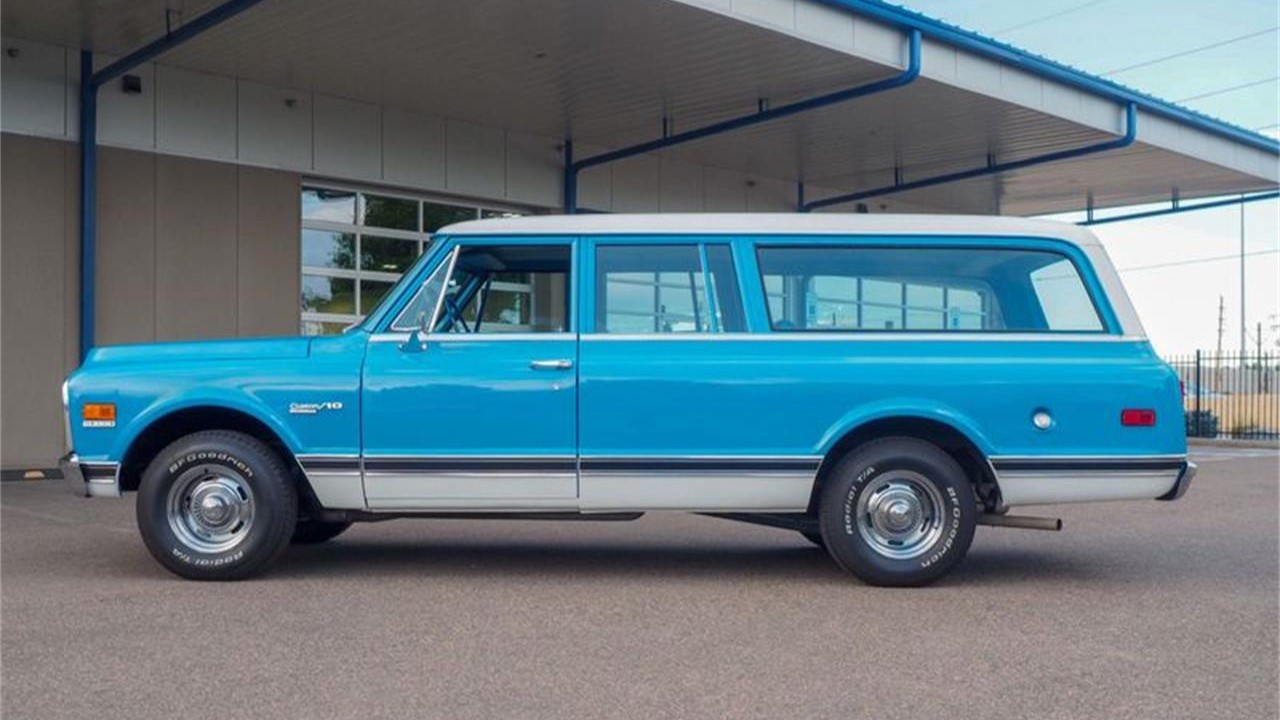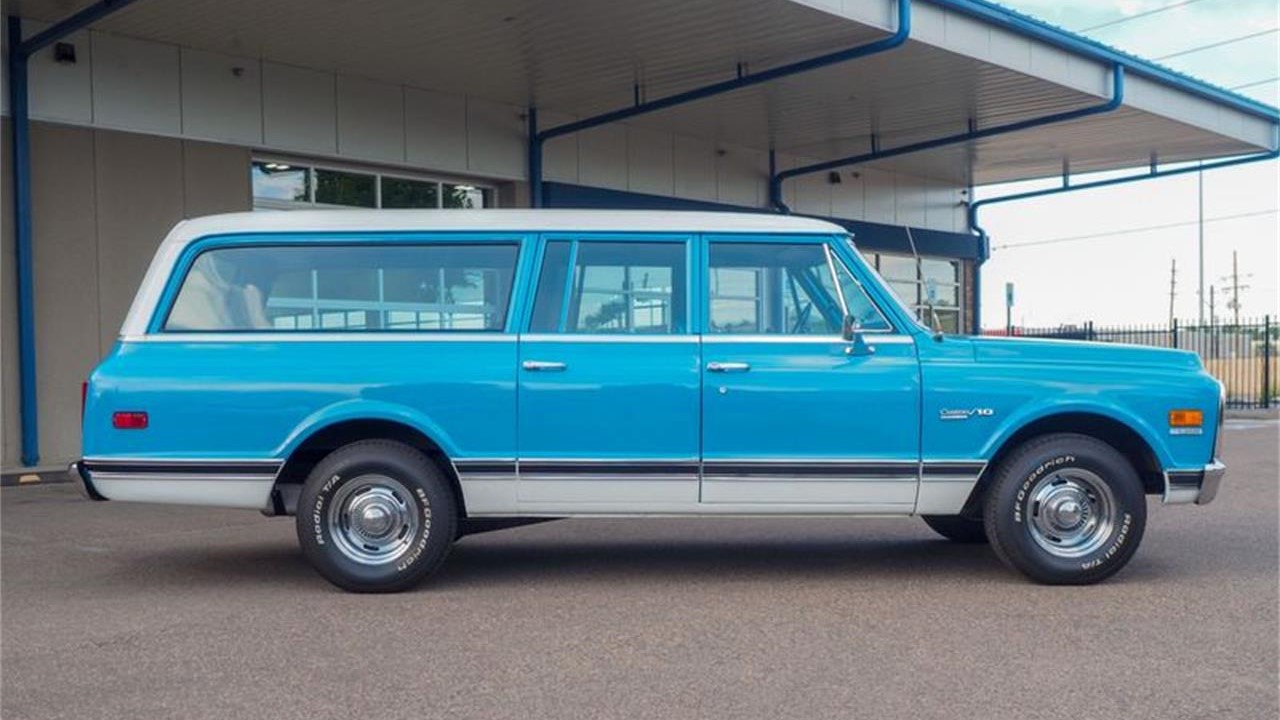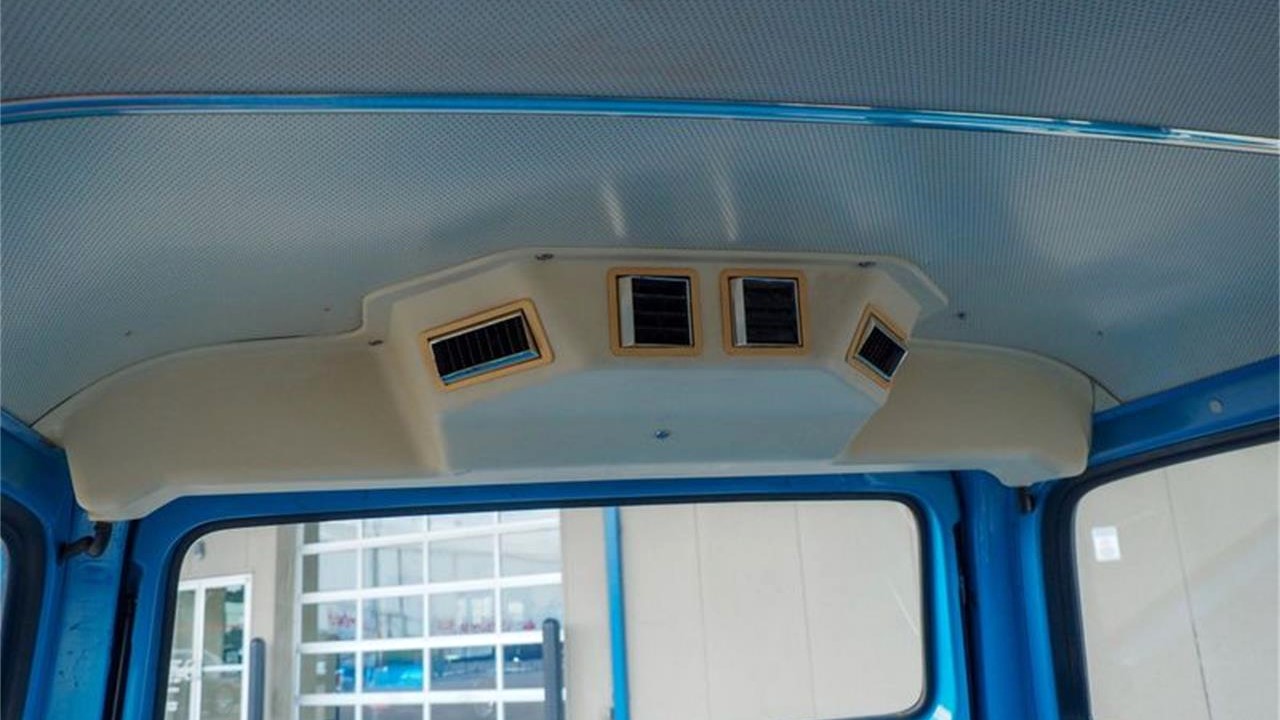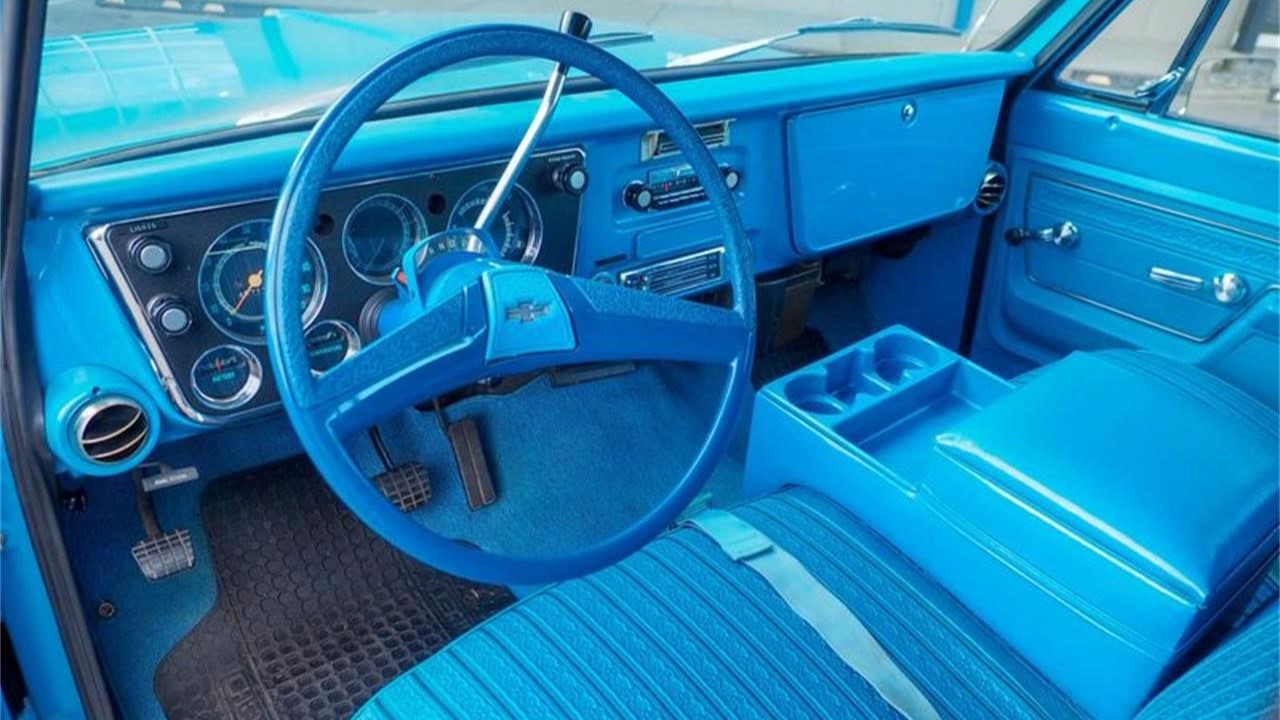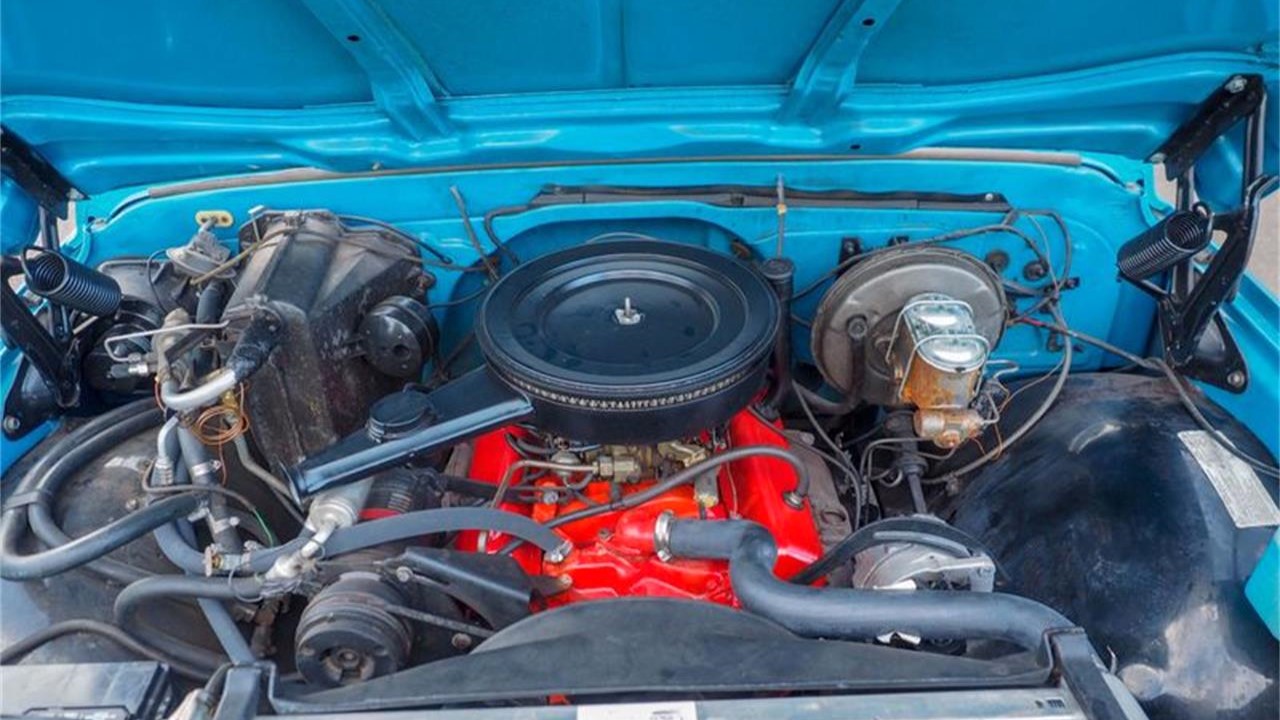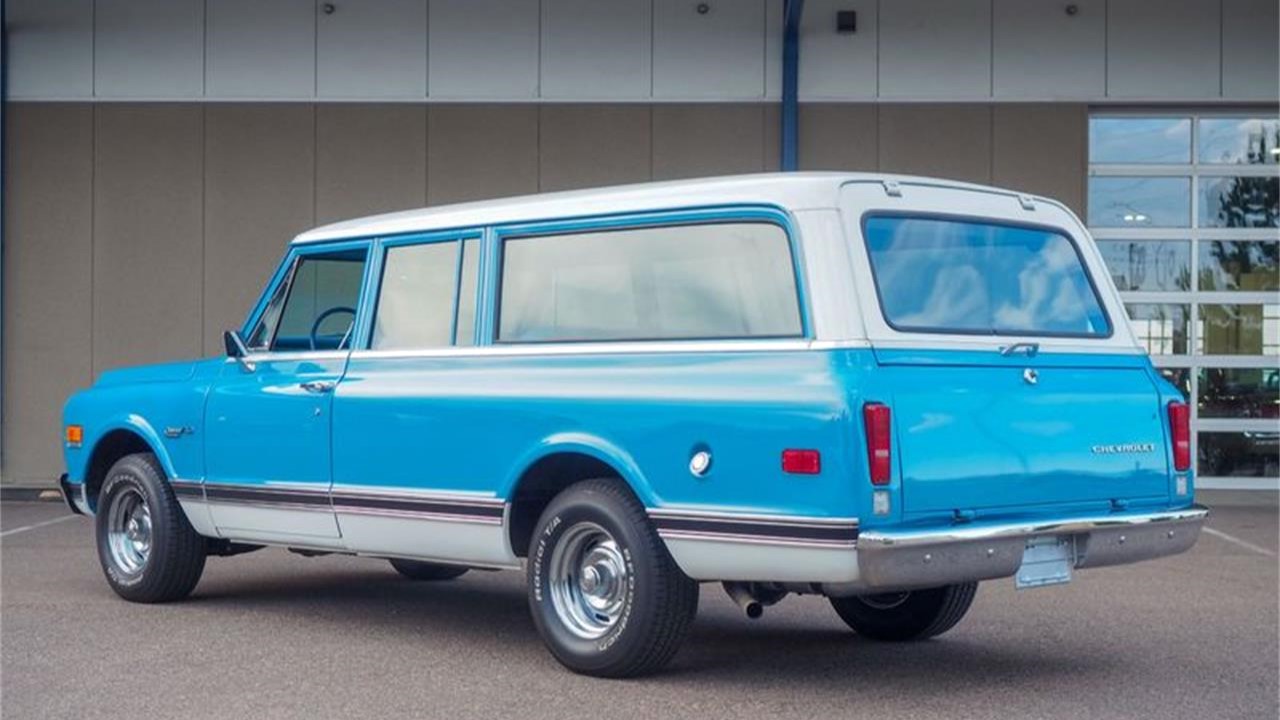This 1948 Chevrolet Stylemaster Town Sedan was built into a street rod before the current owner’s acquisition in 1997, and it is powered by a 350ci V8 linked to an automatic transmission. The car is finished in blue over gray cloth upholstery, and highlights include a Holley 650-cfm carburetor, a Mustang II-style front assembly, WELD 15” wheels, front disc brakes, power steering, a Panasonic cassette head unit, and VDO supplementary gauges. This custom Chevrolet is now offered as part of the SawMill Collection on dealer consignment with a clean Washington title.

The car left the factory finished in Lake Como Blue Iridescent (371), and it has been repainted. Exterior details include a split windshield, a round side mirror, chrome bumpers, and dual exhaust outlets.

WELD 15” wheels are mounted with 215/65 Grand Am Radial G/T tires. The car rides on a Mustang II-style independent assembly with power steering, and braking is handled by front discs and rear drums.

The cabin features bench seats and door panels trimmed in gray cloth, and black carpets line the floor. A Panasonic cassette head unit has been installed, and a center high-mounted stop light has been mounted on the rear parcel shelf.

The four-spoke steering wheel is mounted to a tilt column and sits ahead of a 100-mph speedometer and VDO auxiliary gauges. The five-digit odometer shows 50k miles, approximately 45k of which have been added under current ownership.

The 350ci V8 is equipped with a Holley 650-cfm carburetor, an aluminum intake manifold, and Holley-logo valve covers.

Power is sent to the rear wheels through an automatic transmission

The chassis number 6FJH7337 is shown above. The Washington title lists the VIN as FAA499072, which is consistent with an engine number for a 216ci inline-six produced in 1948.










